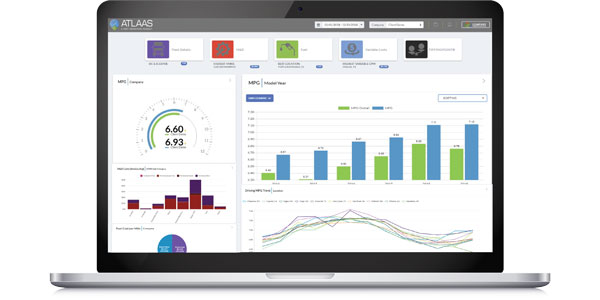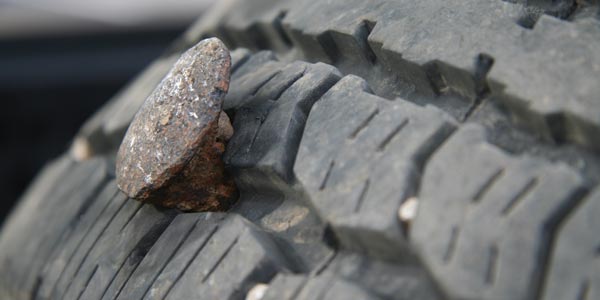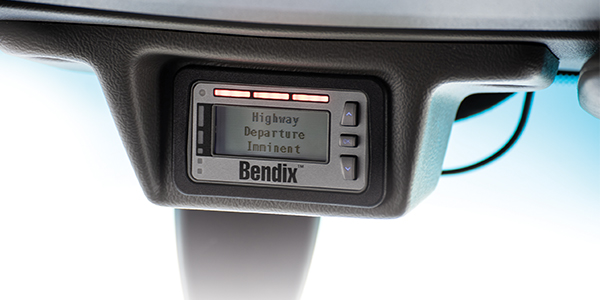There’s no shortage of new technology to take advantage of in the trucking industry. It seems that every day a new monitoring system or analytics platform update is released, while fleets puzzle through the best technology infrastructure for their operations. As the industry is flooded with devices for tracking, navigating, recording, logging, monitoring and beyond, one lingering question remains: At what rate are fleets adopting this new technology?
The American Transportation Research Institute (ATRI) probed that subject during an interactive webinar on Jan. 23. The institute invited fleets and other industry stakeholders in order to track trucking’s technology trends and shine some light on the Smart Roadside Initiative (SRI). As part of the SRI effort, ATRI assessed industry investment trends for a variety of existing and emerging safety systems and technologies and has also evaluated the market penetration and relative costs, among other things.
ATRI explained that SRI is “a collection of technologies that could reduce the delay and the amount of work required to collect and assess information from authoritative sources.” User interfaces, system-to-system connections and a way to electronically identify vehicles are the big focuses of the initiative.
Throughout the webinar, ATRI posed questions to the fleets regarding the usage of technologies ranging from equipment-focused tire pressure monitoring and tractor/trailer tracking systems to backend software systems and utilization of smartphones.
While the informal Q&A may be more anecdotal than scientific, a few of the findings were particularly interesting. ATRI reported that a 2005 study found that a majority of carriers accessed vehicle data manually and less than once a week. For those who answered, the majority agreed that vehicle data is now mostly accessed remotely more than once a week. A few other fun trucking technology facts: A majority of those who answered view the real-time truck parking availability, weather and rollover notification programs as extremely favorable; and many respondents also believe that utilization of lane departure warning, roll stability and forward collision warning systems have increased.
Certainly, the role of technology within the trucking industry is growing—whether it’s motivated by federal regulations like the pending electronic onboard recorder mandate contained in Map21 or the promise of increased efficiency and streamlined business operations. There is still the major hurdle of implementing a technology solution and educating fleet managers on how they can improve their fleet’s productivity.
For fleet managers, that comes down to knowing what data they want and how often they want it. Those factors are typically driven by business challenges. Want to put a cap on the fuel spending? An analytics system will help you track your tractor data. Looking for maintenance support? There’s a tech-infused roadside assistant program for that. Tire-related issues costing you a fortune? Try a tire pressure monitoring system to keep your trucks rolling large.
Data can help maximize equipment assets within safe parameters. It can also give managers an in-depth look at business and cost-saving opportunities that they didn’t even know were there. It just comes down to zeroing in on your fleet’s demands. Working with a trusted technology provider will allow fleets to effectively choose the most appropriate and necessary applications to meet their business needs.
This column appeared in the February 2014 edition of Fleet Equipment. You can read the entire issue on your phone or tablet by downloading the Fleet Equipment app.














